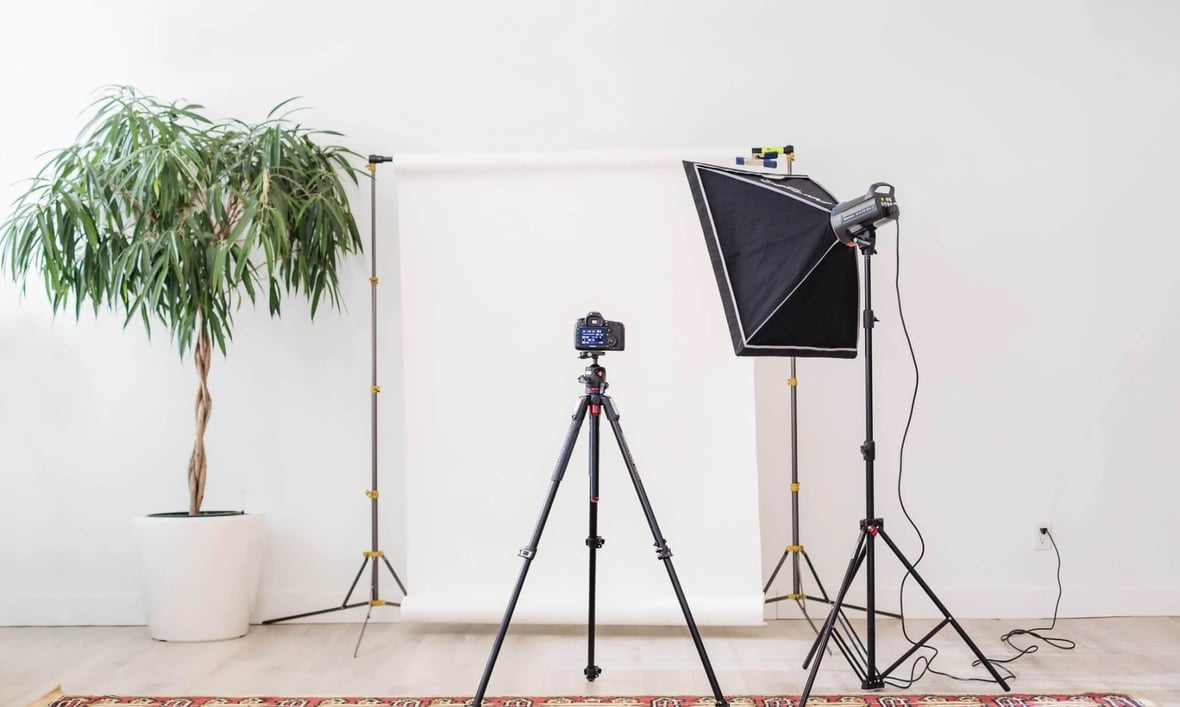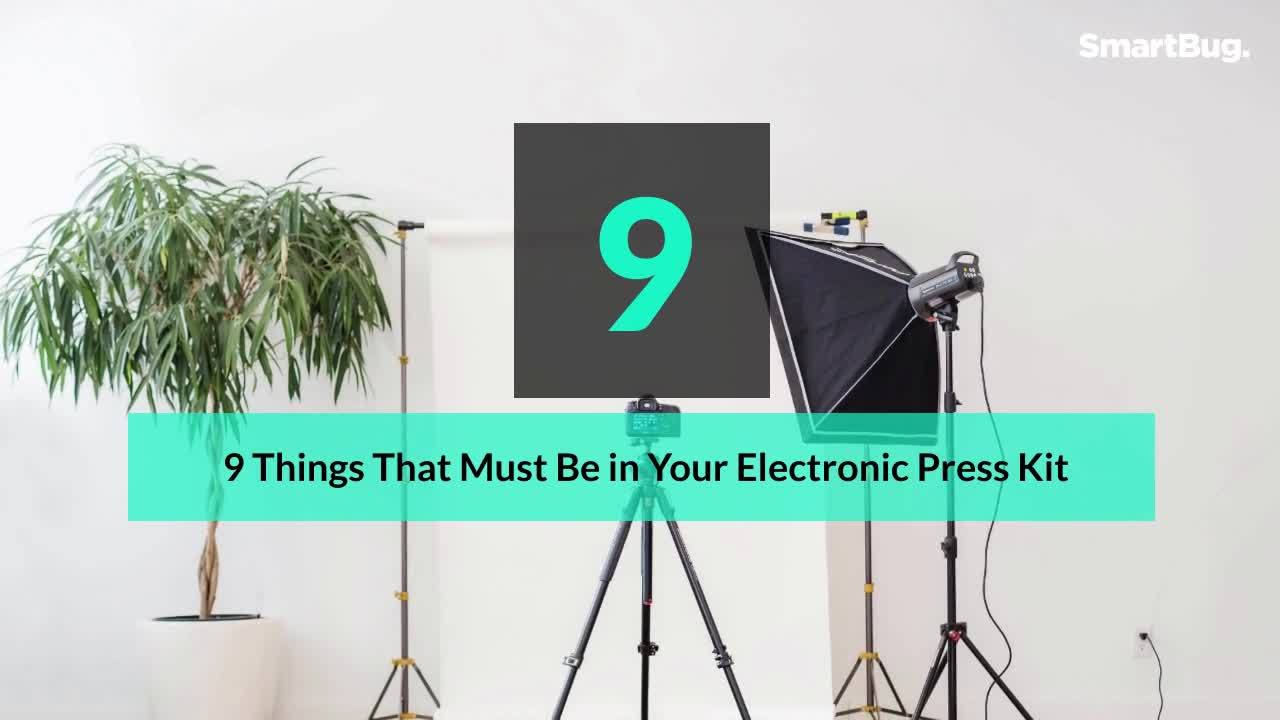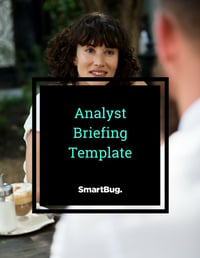
9 Things That Must Be in Your Electronic Press Kit
October 1, 2019
Securing widespread press coverage isn’t something that happens overnight. Generating publicity requires planning, consistent outreach, follow-up, and dedication. However, before beginning any press outreach, an excellent starting point for your media relations strategy is creating the right digital collateral packaged in the form of an electronic press kit.
What Is an EPK?
An effective EPK (electronic press kit), like its printed predecessor, is designed to help members of the media develop stories related to your business, products, or services. Your press kit should contain all of the content a reporter, producer, or blogger might need to tell your brand story within their coverage area. The content will vary depending on what industry you’re in, the size of your business, and the type of media you’re targeting for coverage.
Your digital press kit can be created in a variety of acceptable formats—from a PowerPoint deck to a PDF file—however, a dedicated press tab on the company website is best, because it creates a one-stop shop for all your company information.
Whatever format you choose, be sure that your EPK is designed in accordance with the look and feel of your brand and that it’s easily shareable with the media. If you are creating a deck or PDF, be mindful of the file size. If your press kit incorporates large images, make sure to give the reporter a heads-up and send the file via Dropbox or YouSendIt to avoid any email issues.
While content might vary, there are a number of fundamental materials that should be included.

What Is Included in an Electronic Press Kit:
- Company Backgrounder
- Management/Staff Bios
- A Selection of Important Press Releases
- Products/Services Fact Sheet(s)
- Case Studies
- Noteworthy Press Coverage
- Industry Awards and Accolades
- Digital Artwork
- Contact Information
1. Company Backgrounder
The media needs to know who you are and what you do. This “about us” section should include all of the basics: who, what, where, when, why, and how.
It is important to remember consistency in your messaging, while keeping the backgrounder fairly brief. This portion is directed at the media and their time is valuable; therefore, you should use headings to help them find the portion that is most important to their needs.
2. Management/Staff Bios
Bios are especially important if there is a member of management who is suitable for interviews, expert commentary, and speaking engagements.
If any members of management have been quoted in articles or appeared on news segments, be sure to make note in the document. The bios should talk more about who they are in their current roles and how they can help the media, than what they have done in previous roles—unless they were previously at well-known and noteworthy organizations.
3. A Selection of Important Press Releases
Choose the most newsworthy or exciting press releases for your electronic press kit, but make sure they are recent—with nothing older than six months. These can be regularly swapped out to keep things updated and fresh. The press release heading should clearly describe its content for an easy glance in case the media is looking for a specific announcement.
4. Products/Services Fact Sheet(s)
Outline the most important features and details in quick simple bullets. This is where you should include things like pricing, where to purchase, what sets you apart from the competition, and so on.
Additionally, it is helpful to include Frequently Asked Questions (FAQ)—especially if the industry, product, or service is technical in nature or changes on a consistent basis. Including this section in an electronic press kit is helpful for the reporter and may also spur an additional idea that the writer had not previously thought of.
5. Case Studies
Case studies are another great way to showcase the effectiveness or success of your product to the media. When crafting this document, think of it as customer testimonials taken to the next level.
However, remember that an electronic press kit is for the media, not for marketing purposes. Be sure that any collateral, including case studies, do not have promotional ties. It is common for the media to include these items in their articles, but they will not use it if it is from the angle of self-promotion.
6. Noteworthy Press Coverage
This is your chance to brag! Press begets more press because it shows journalists that other outlets care about you and what you’re doing. It will make them more inclined to trust you as a leader in your field and include you in the stories they are working on.
In particular, journalists that are working on broadcast stories are more likely to use your company’s thought leader if he or she is able to show examples of previous on-camera experience. Draw attention to this; letting them know what examples of your thought leaders are visual versus written, because they won’t have the time to click on all of the links.
Need help tracking your press coverage? Here are some tools you should have in your PR press stack.
Lastly, remember that every article is copyrighted, including the outlet’s logo/image. You can include the name of the outlet and a link to the original article in the electronic press kit, but you cannot make a PDF, rewrite the article, or use the outlet’s logo without the proper permission.
7. Industry Awards and Accolades
Again, toot your own horn.
Any awards and accolades underscore your importance in your field and position you as a company the media needs to know about. This section should also be kept updated while omitting awards that are too far in the past because they may draw attention to the notion that your company hasn’t won anything lately.
8. Digital Artwork
This will vary depending upon your industry, but artwork files that are typically included are high-resolution logos, product images, and headshots of key members of management or celebrity spokespersons. If you're just getting started with your company and have yet to design a logo, consider using a DIY generator like "Logaster logo maker".
Include all digital assets that are media-ready, meaning they can instantly be put up onto a website like CNN.com or included in TIME magazine to help tell your story. You may already know that the trend of visual content marketing is on the upswing, and the use of interesting imagery is just as important to PR. This is an area to invest in.
You should consistently update photography so that you have something new to offer outlets on a regular basis. Be sure that you have the rights to every image, for both sharing and reprinting, before putting them in your electronic press kit or passing them along to the media.
Why stop at images? Here are three other visual assets you can use to gain the attention of both the media and your audience while sticking to your brand message.
9. Contact Information
Be sure to clearly indicate who the best contact is for press inquiries and include every possible way that person can be reached. Media is often on a tight deadline when writing a story, so to avoid missing any opportunities, make sure your contact is someone who consistently checks their email and voicemail.
When creating your electronic press kit, keep your audience in mind. Take a step back and think about what a reporter would need to accurately portray your business’s story. Also, remember to keep things up to date so you are ready to share your electronic press kit at a moment’s notice. Lastly, a well-done electronic press kit will show journalists that you understand their needs, which will ultimately help you to develop stronger relationships with the press you’re pitching.
Want to take it one step further? Keep Reading: How to Create the Ultimate Inbound PR Newsroom
Originally written on June 10, 2016. Content was updated October 1, 2019.

About the author
Jennifer Shore was formerly the Director of Marketing of SmartBug and a Seattle-based writer who has received numerous awards for her work. In her role at SmartBug, she is responsible for the development, execution, and optimization of the high-growth lead funnel, nurturing, and customer acquisition. Read more articles by Jennifer Shore.








%20(1).png?width=800&length=800&name=060823_the-role-of-pr-in-brand-recognition%20(1)%20(1).png)
